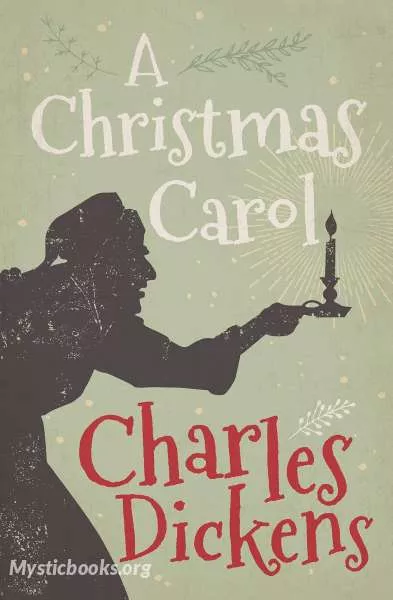
A Christmas Carol
'A Christmas Carol' Summary
Stave one
A Christmas Carol opens on a bleak, cold Christmas Eve in London, seven years after the death of Ebenezer Scrooge's business partner, Jacob Marley. Scrooge, an ageing miser, dislikes Christmas and refuses a dinner invitation from his nephew Fred—the son of Fan, Scrooge's dead sister. He turns away two men who seek a donation from him to provide food and heating for the poor and only grudgingly allows his overworked, underpaid clerk, Bob Cratchit, Christmas Day off with pay to conform to the social custom.
That night Scrooge is visited at home by Marley's ghost, who wanders the Earth entwined by heavy chains and money boxes forged during a lifetime of greed and selfishness. Marley tells Scrooge that he has a single chance to avoid the same fate: he will be visited by three spirits and must listen or be cursed to carry much heavier chains of his own.
Stave two
The first spirit, the Ghost of Christmas Past, takes Scrooge to Christmas scenes of Scrooge's boyhood, reminding him of a time when he was more innocent. The scenes reveal Scrooge's lonely childhood at boarding school, his relationship with his beloved sister Fan, and a Christmas party hosted by his first employer, Mr Fezziwig, who treated him like a son. Scrooge's neglected fiancée Belle is shown ending their relationship, as she realises that he will never love her as much as he loves money. Finally, they visit a now-married Belle with her large, happy family on the Christmas Eve that Marley died. Scrooge, upset by hearing Belle's description of the man that he has become, demands that the ghost remove him from the house.
Stave three
The second spirit, the Ghost of Christmas Present, takes Scrooge to a joyous market with people buying the makings of Christmas dinner and to celebrations of Christmas in a miner's cottage and in a lighthouse. Scrooge and the ghost also visit Fred's Christmas party. A major part of this stave is taken up with Bob Cratchit's family feast and introduces his youngest son, Tiny Tim, a happy boy who is seriously ill. The spirit informs Scrooge that Tiny Tim will die unless the course of events changes. Before disappearing, the spirit shows Scrooge two hideous, emaciated children named Ignorance and Want. He tells Scrooge to beware the former above all and mocks Scrooge's concern for their welfare.
Book Details
Language
EnglishOriginal Language
EnglishPublished In
1843Genre/Category
Tags/Keywords
Authors
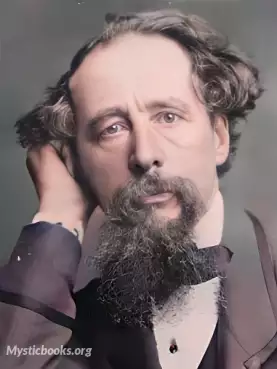
Charles Dickens
England
Charles Dickens created some of the world's best-known fictional characters and is regarded by many as the greatest novelist of the Victorian era. Charles John Huffam Dickens was born on 7 February 18...
Books by Charles DickensDownload eBooks
Listen/Download Audiobook
Related books
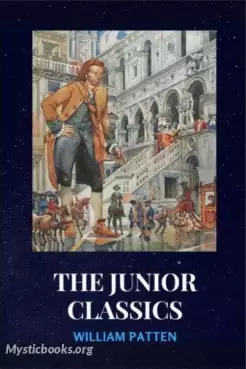
The Junior Classics Volume 1: Fairy and Wonder Tales by William Patten
The purpose of The Junior Classics is to provide, in ten volumes containing about five thousand pages, a classified collection of tales, stories, and...

Weihnachtsmärchen für Kinder by Luise Büchner
Die kleine Mathilde möchte von ihrer Tante wissen, wer die Mutter des Christkindes ist. Die Tante will ihr daraufhin die Geschichte vom Christkind, se...
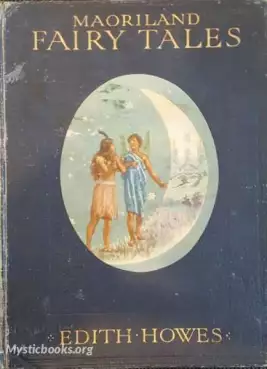
Maoriland Fairy Tales by Edith Howes
Most of the tales have some basis in history. It is an oral language so all histories have to be remembered and retold. To help with this memory retel...
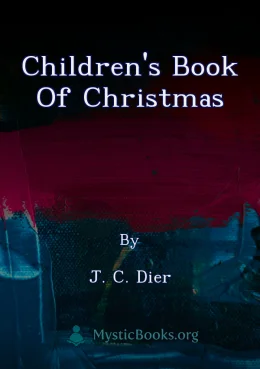
Children's Book Of Christmas by J. C. Dier
This 1911 compilation, "Children's Book of Christmas" by J.C. Dier, offers a diverse collection of festive content. It weaves together various sources...
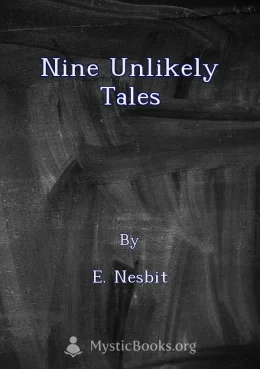
Nine Unlikely Tales by E. Nesbit
Nine original and, yes, unlikely fairy-tales, which include stories of the arithmetic fairy, the king who became a charming villa-residence and the dr...
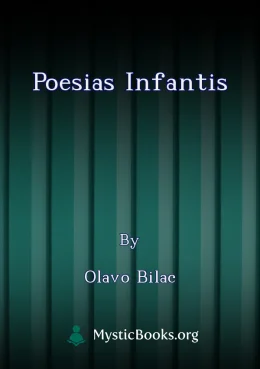
Poesias Infantis by Olavo Bilac
Esta é uma coletânea de poemas infantis do escritor brasileiro Olavo Bilac. Os poemas são lidos em português por uma criança brasileira e abordam tema...
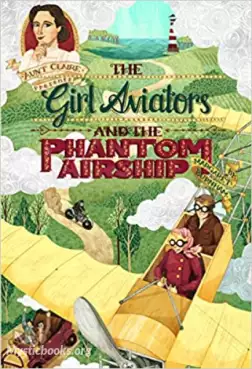
The Girl Aviators and the Phantom Airship by Margaret Burnham
Teenagers Peggy Prescott and her brother Roy share a love of aviation that they inherited from their late father. Mr. Prescott had always dreamed of b...
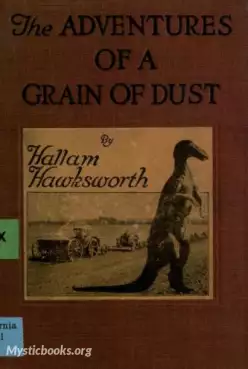
The Adventures of a Grain of Dust by Hallam Hawksworth
This charming book for children is full of interesting facts about all sorts of plants, insects, birds and animals and how they all help to enrich the...
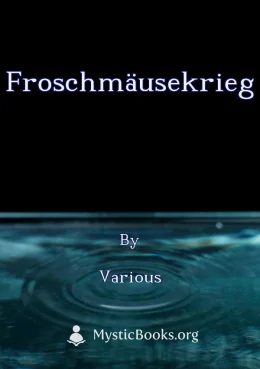
Froschmäusekrieg by Various
The *Froschmäusekrieg* is a playful parody of the Homeric epics, portraying a humorous and bloody war between the frogs and mice. This short epic, onc...
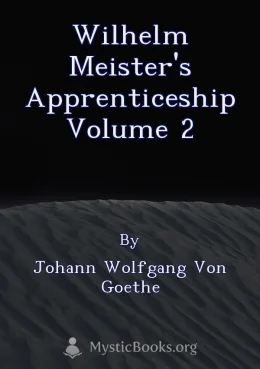
Wilhelm Meister's Apprenticeship Volume 2 by Johann Wolfgang von Goethe
Wilhelm Meister's Apprenticeship, Volume 2, continues Goethe's exploration of the protagonist's journey to self-realization. Meister, now immersed in...
Reviews for A Christmas Carol
No reviews posted or approved, yet...